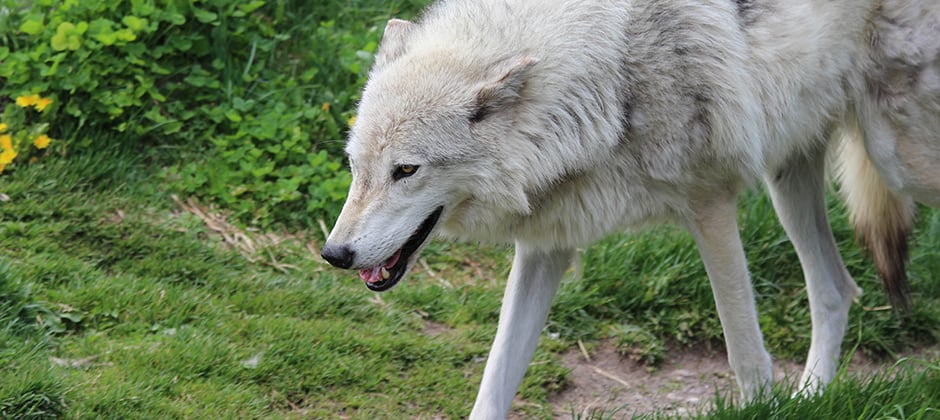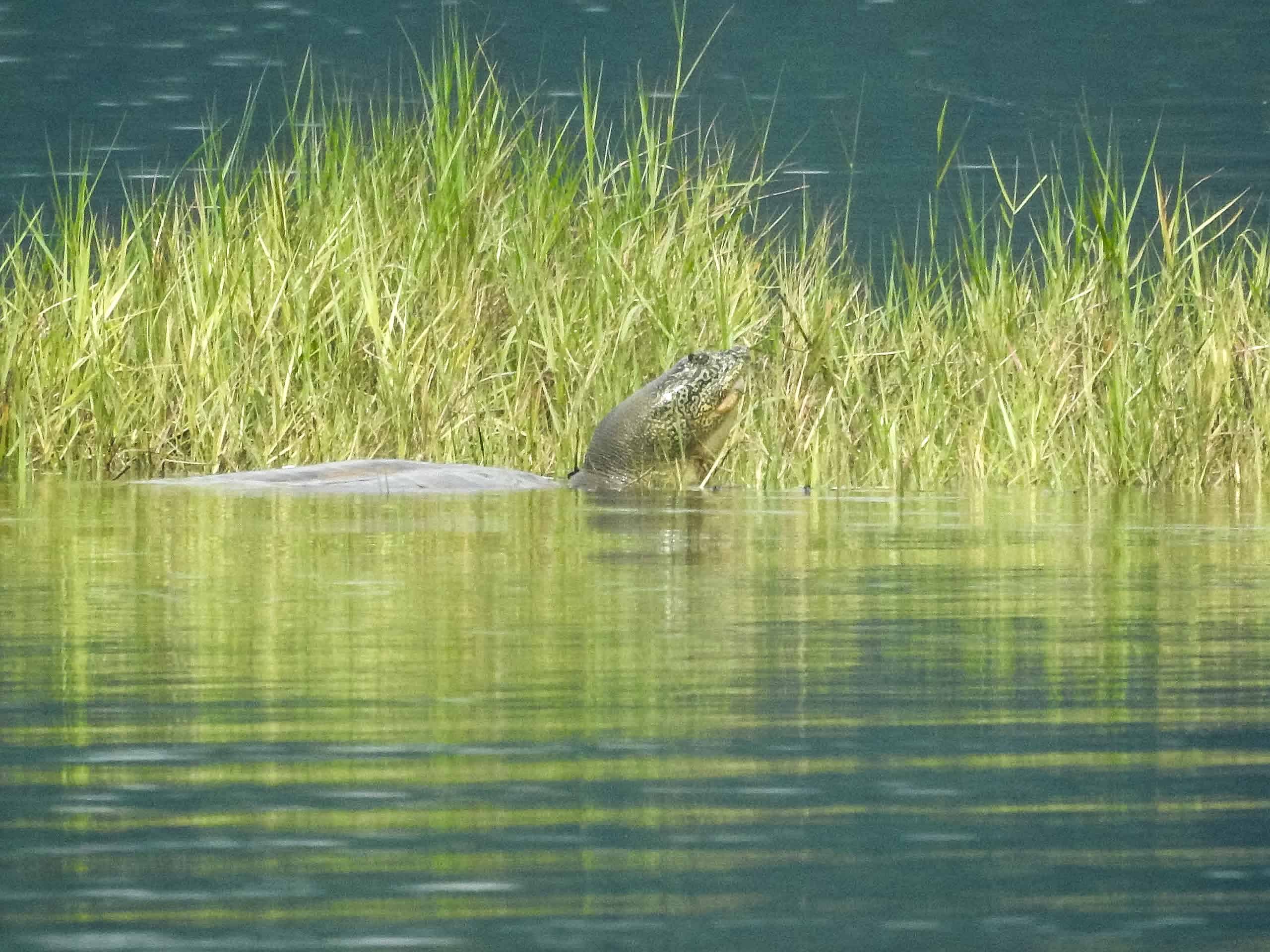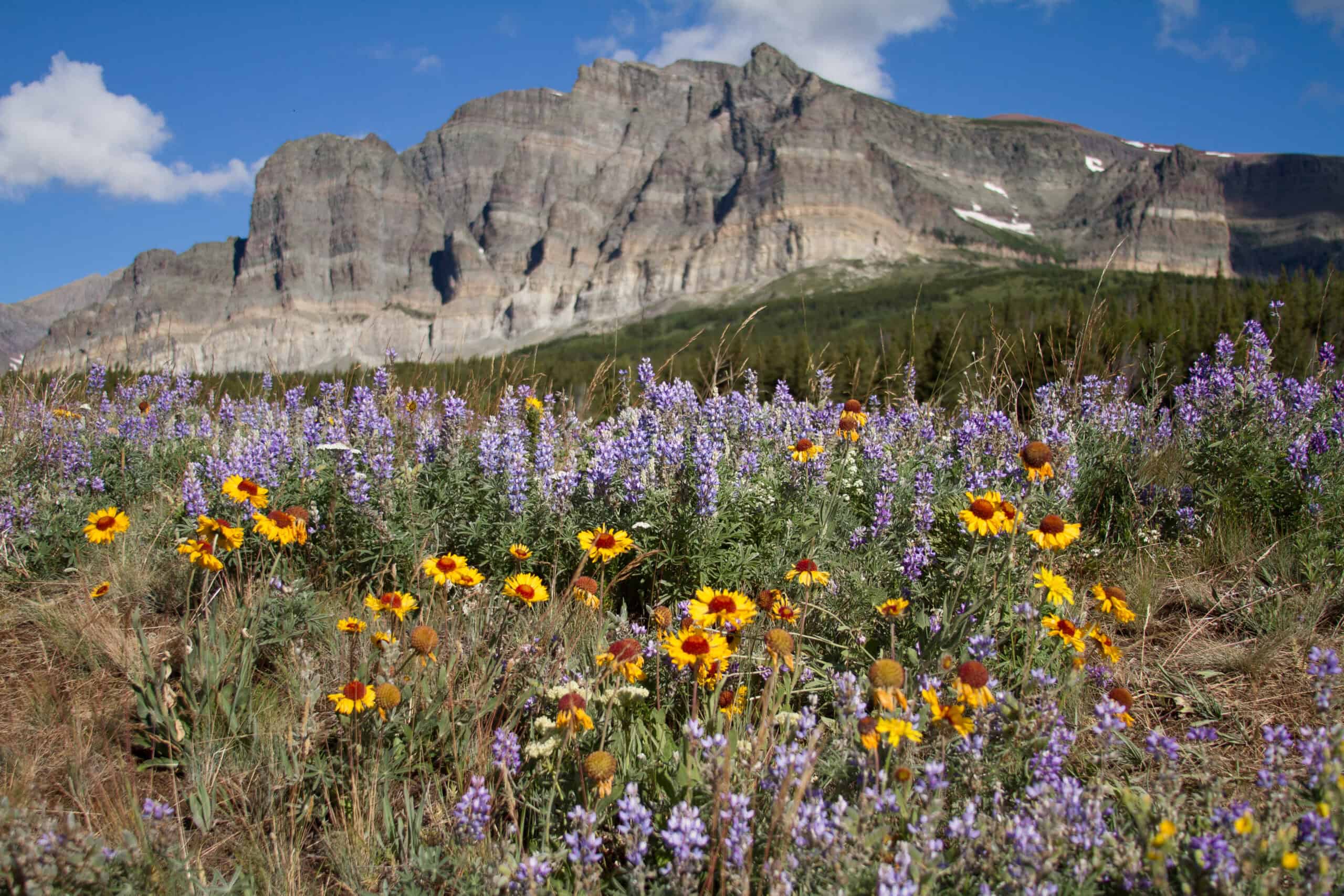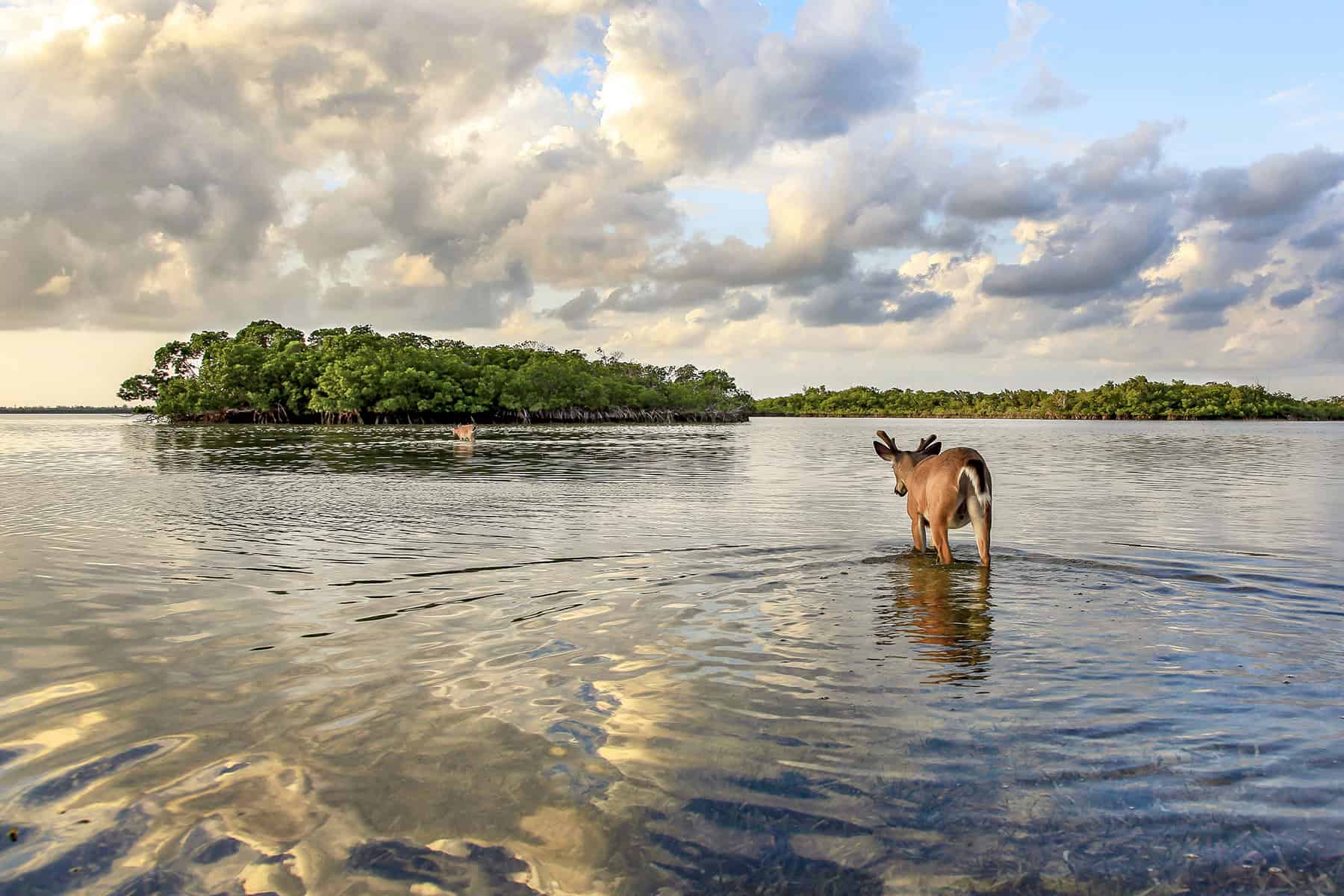Share this article
Do large carnivores restore an ecosystem? Maybe, maybe not
The story of the wolf’s (Canis lupus) return to Yellowstone National Park has become legend. Their reintroduction brought a cascade of healthy impacts to the ecosystem. They reduced the elk (Cervus canadensis), whose teeming numbers had decimated the vegetation. Aspen, willow and cottonwoods rebounded. Stream systems improved. Even songbirds seemed to benefit.
But just because it happened in Yellowstone, researchers found, that doesn’t mean it will happen everywhere apex predators return.
“We found that sometimes it happens and sometimes it doesn’t,” said TWS member Jesse Alston, a PhD student at the University of Wyoming and the lead author on a study published in Biological Conservation looking at the impacts of large carnivores on ecosystems. “We found that a trophic cascade happens in some circumstances, but sometimes nothing really happens at all. In a few cases, we even found the opposite effect of what we expected. For example, large herbivores became more common when an apex predator was introduced.”
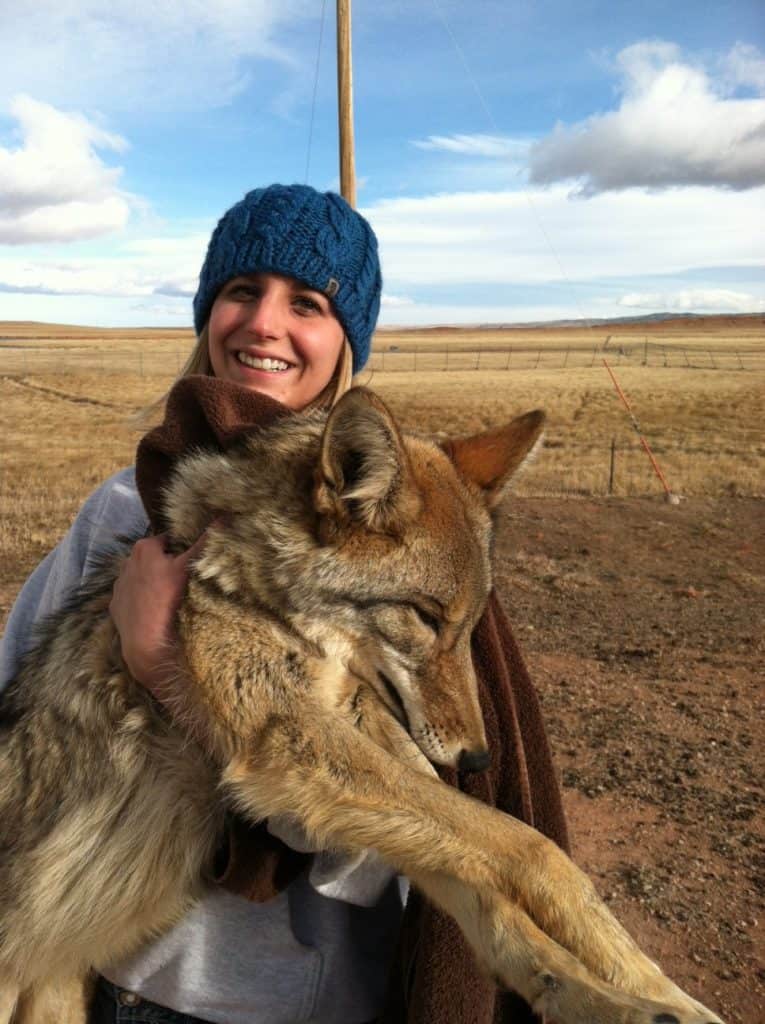
Alston and his team examined studies of cases in which apex predators were returned to an ecosystem, including the return of wolves to Yellowstone and Banff; the return of bobcats (Lynx rufus) to Cumberland Island, Georgia; and the recovery of African wild dogs (Lycaon pictus) in Kenya. They also looked at cases in which apex predators were removed from ecosystems.
“Reintroduction and removal should be the same phenomenon except in reverse,” Alston said. “They’re different sides of the same coin.”
The results were inconsistent. But they also found a dearth of research to review. If they had more data, Alston said, they might find more of a trend. Maybe the “assumption of reciprocity” holds true as a general trend, he said, with some exceptions, but there weren’t enough studies to be sure. One trend that did hold true: when apex predators were removed, mesopredators, like coyotes (Canus latrans) became more common.
“We would like to see future studies look at specific situations where this isn’t the case,” Alston said. “In what kind of locations does that happen and in what kind of cases does it not?”
Getting those answers will likely rely on other researchers, he said. “There are a lot of TWS members who are doing great work on this kind of stuff, and I think members of TWS are going to play a large role in telling the rest of the story.”
In the meantime, Alston said, just because restoring apex predators may not lead to restoring the ecosystem doesn’t mean they shouldn’t be restored.
“At least right now, if we’re reintroducing large carnivores, we should try to justify it for its own sake,” he said. “We should put wolves, bears, or other large carnivores in these places because they historically were there, not because we think it will have some particular effect on the ecosystem.”
Header Image: Wolves have had a transformative effect on the Yellowstone ecosystem, but the effect of restoring apex predators is unpredicatable, researchers found. ©Michelle Calahan



